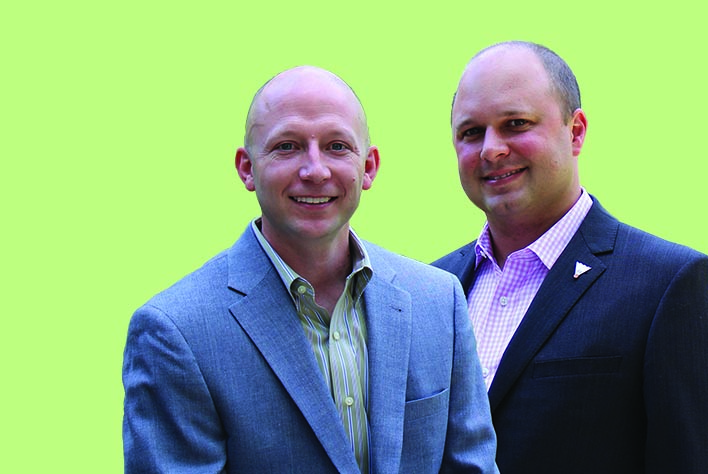The Liberty-based startup U2D Inc. is building devices that could, one day soon, help authorities fight nuclear proliferation and protect personnel in nuclear facilities.
The company specializes in neutron radiation detection systems. U2D’s machines run on solid-state semiconductors, while previous generations of detectors, whose designs date back to the 1950s, tend to use cylinders filled with compressed Helium-3, an extremely rare substance.
U2D’s solution results in a faster, more accurate way to track down radiation sources, president and co-founder Paul Scott said.
“Using old technology, nothing could be produced to do a detailed analysis of neutrons unless it was the size of a tractor trailer,” Scott said.
Scott founded U2D in 2012 with David Hicks, the company’s vice president, after talking about the research that Scott was doing in radiation detection.
“We decided that the technology was groundbreaking enough that it needed to be properly pursued by forming a company that could take these ideas out of a laboratory and put them into a manufacturable product,” Scott said.
This month, U2D will travel to the Radiation Detection Industry Day at the Naval Surface Warfare Center’s Carderock Division near Washington, D.C. The military and government agencies will have a chance to check out U2D’s work.
So far, the startup has developed two key devices: the Shavano, a lightweight, rugged “dose meter” that weighs about eight pounds, but can be easily taken into the field. It contains eight internal detectors. Meanwhile, the Antero is a larger, but still field-portable spectrometer that locates radiation and identifies the likely source material. It comes with 128 internal detectors, providing a greater level of information.
Most of U2D’s clients are going to be in the defense sector, which presents a unique challenge.
“A lot of funding is dependent upon politics as well as defense programs that can take years to mature,” Scott said.
Luckily, U2D has received strong support from the Missouri Technology Corporation’s IDEA Funds, which support science-based commercialization projects, and the Defense Threat Reduction Agency’s SBIR program.
“In particular, the MTC matching funds have allowed us to accelerate our product development over the past year rather than taking several years on a much tighter budget,” Scott said. What’s next for U2D? Scott said the firm is in the prototype stage with a system of detectors that could be worn by large groups of people. Readings would be fed back to a central location via wireless.

